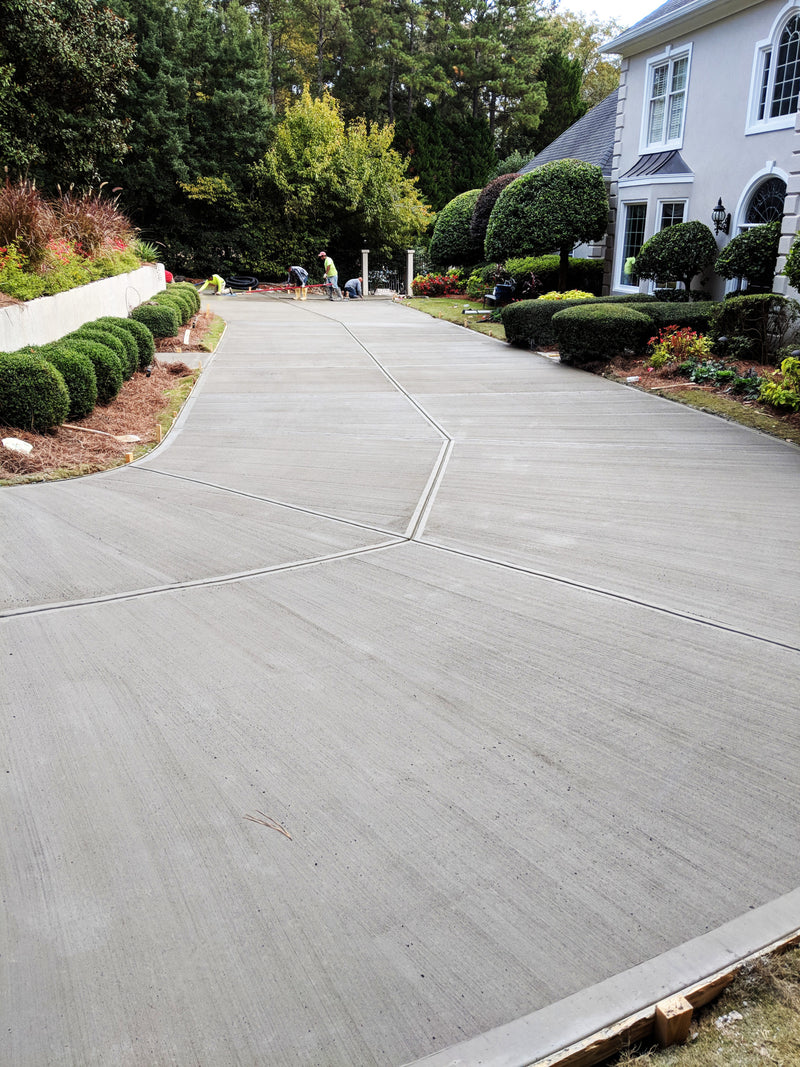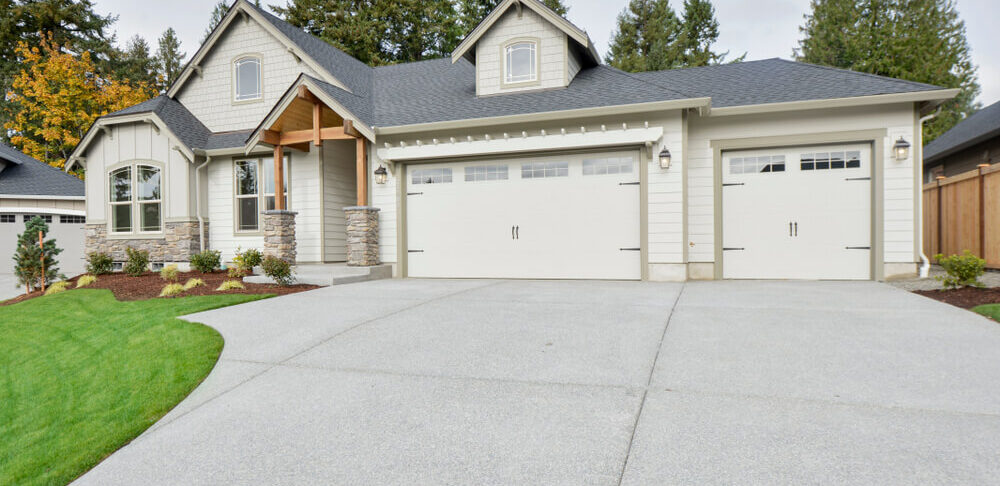Discover Legendary Concrete Brentwood: Unmatched High Quality and Service
Discover Legendary Concrete Brentwood: Unmatched High Quality and Service
Blog Article
The Environmentally Friendly Choice: Concrete Sidewalks for Your Area
Concrete pathways are an ubiquitous feature in the majority of communities, yet their effect on the environment is frequently neglected. However, selecting concrete for your community pathways can make a substantial difference in regards to sustainability and eco-friendliness. The benefits of deciding for concrete surpass mere aesthetic appeals and functionality. By taking into consideration the environmental benefits and long-lasting effects on the area, the option of materials for walkways becomes an essential choice. Let's discover why concrete pathways may be the environmentally friendly choice your community needs.
Advantages of Concrete Sidewalks
When thinking about the installment of pathways in a community, the advantages of picking concrete over other materials are significant and numerous. Concrete sidewalks use sturdiness, standing up to heavy foot traffic, weather condition fluctuations, and environmental elements much better than different materials like asphalt or crushed rock.

Sturdiness and Long Life
Exactly how can concrete pathways surpass various other materials in terms of longevity and longevity? Concrete walkways are renowned for their extraordinary durability and durability contrasted to different materials like asphalt or pavers. The intrinsic strength of concrete makes it highly immune to cracking, moving, and basic wear and tear brought on by foot traffic, weather condition variations, and other ecological factors. Unlike asphalt, which can soften in high temperatures and split in freezing problems, concrete preserves its structural integrity, requiring marginal maintenance over time.
Concrete sidewalks likewise have a longer life expectancy than pavers, which are prone to unequal settling, weed growth in between joints, and individual paver activity. The solid, continuous surface area of concrete minimizes stumbling risks and makes certain a smooth walking course for pedestrians. Additionally, concrete's toughness decreases the demand for frequent repairs or replacements, making it a sustainable and cost-efficient choice for area walkways. By buying concrete walkways, communities can appreciate a lasting and trusted facilities that enhances the general visual allure and functionality of the location.
Reduced Maintenance Requirements
Concrete sidewalks stand apart for their very little upkeep needs due to their long lasting nature and durable efficiency. Unlike alternate products that might need regular fixings or replacements, concrete sidewalks use an economical solution that demands little maintenance gradually. Among the crucial advantages of concrete walkways is their resistance to weathering and disintegration. This means they can stand up to rough climate condition, hefty foot website traffic, and other ecological variables without weakening swiftly.
Regular upkeep for concrete sidewalks commonly includes basic jobs such as routine cleansing to get rid of particles and periodic securing to shield the surface area. In contrast to products like asphalt or pavers that might shift, crack, or break down even more conveniently, concrete sidewalks preserve their architectural integrity with very little intervention. Additionally, any type of repair services that might be needed are typically local and can be addressed quickly, lowering both the moment and cost connected with maintenance.

Environmental Benefits
With a focus on sustainability and eco-friendliness, concrete sidewalks provide remarkable environmental benefits that contribute to a greener community framework. Furthermore, concrete sidewalks have a high solar reflectance index, suggesting they mirror a substantial amount of sunlight rather of soaking up and retaining warmth.
Moreover, concrete is a porous product that enables water to infiltrate right into the ground, reducing stormwater drainage and helping in groundwater recharge. This aids stop erosion, reduce flooding, and keep the all-natural equilibrium of water systems in the area. By selecting concrete walkways, communities can make a sustainable option that favorably impacts the setting and boosts the high quality of life for homeowners.
Enhancing Neighborhood Sustainability
By prioritizing lasting infrastructure services, neighborhoods can grow an unified equilibrium between ecological awareness and community development. Enhancing area sustainability includes a multifaceted technique that surpasses simply the environmental benefits of concrete sidewalks. Carrying out green areas, advertising energy-efficient practices, and promoting a feeling of area engagement are essential elements of developing a sustainable neighborhood.
One method to improve neighborhood sustainability is through the integration of absorptive concrete pathways. visit this website These sidewalks allow rainwater to seep into the ground, reducing stormwater runoff and decreasing the strain on community drainage systems. Legendary Concrete Brentwood. By including permeable sidewalks, communities can enhance water quality, decrease flooding risks, and boost total ecological strength
Moreover, advertising alternative transportation techniques such as strolling and cycling can significantly minimize carbon exhausts and advertise a healthier lifestyle amongst residents. Producing secure pedestrian paths, bike lanes, and designated greenways can encourage homeowners to count much less on automobiles, even more adding to the neighborhood's Look At This sustainability objectives.
Verdict
Finally, concrete pathways provide many benefits for neighborhoods, consisting of toughness, reduced maintenance requirements, and ecological advantages. By selecting concrete pathways, communities can improve their sustainability and add to a more green environment. It is clear that concrete walkways are the excellent choice for communities aiming to improve their facilities in a durable and eco-friendly manner.
When thinking about the setup of pathways in an area, the benefits of selecting concrete over various other products are significant and various. In addition, concrete's resilience decreases the requirement for constant fixings or replacements, making it a lasting and cost-efficient selection for area sidewalks (Legendary Concrete Brentwood).With an emphasis on sustainability and eco-friendliness, concrete pathways supply remarkable environmental advantages that contribute to a greener neighborhood infrastructure. Enhancing community sustainability entails a complex method that goes beyond simply the environmental advantages of concrete pathways.In conclusion, concrete walkways provide many advantages for communities, other including resilience, reduced maintenance requirements, and environmental benefits
Report this page